Yemeni Mocha Coffee Matari Old Method Sun-treatment Taste and Brewing Method?
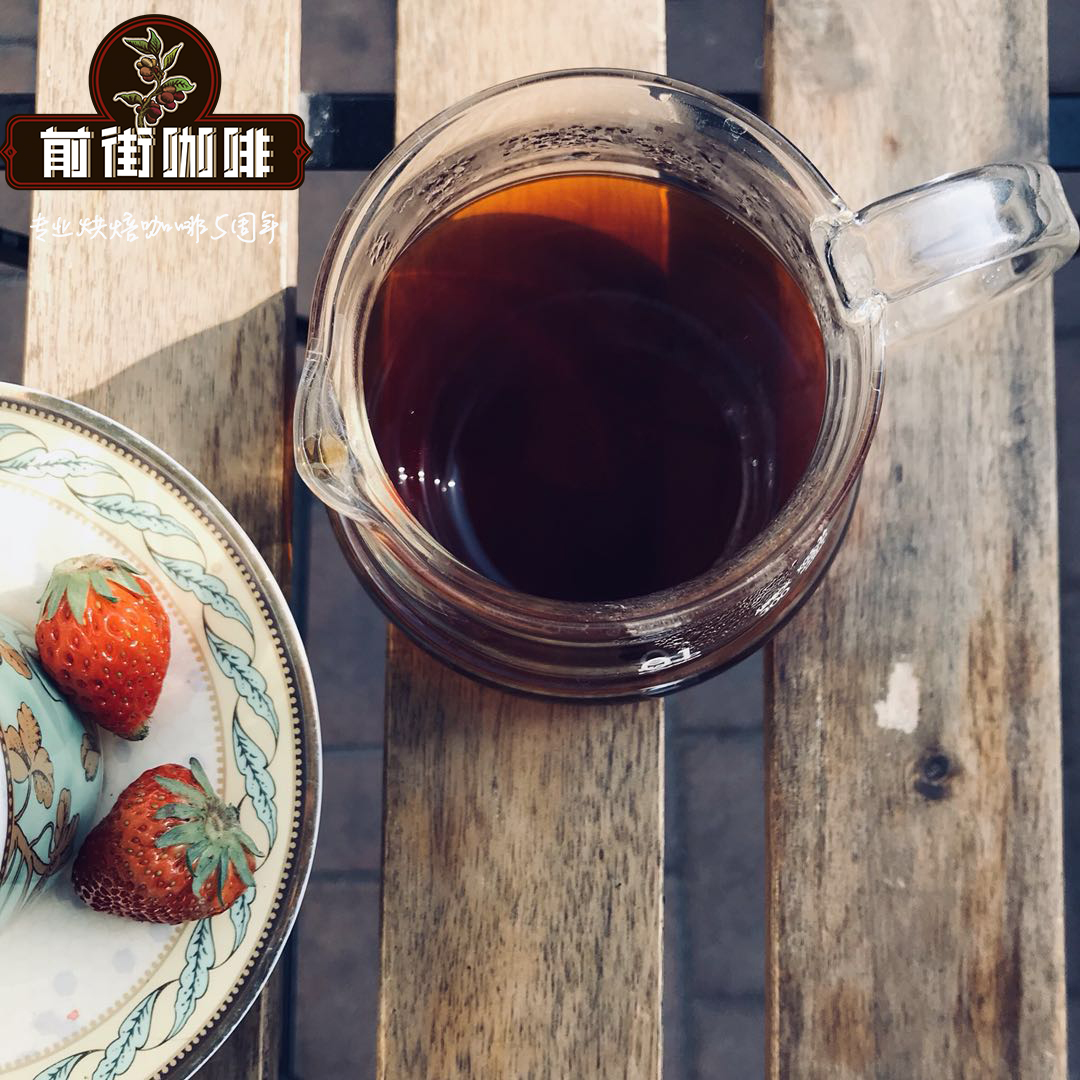
For professional baristas, please follow the coffee workshop (Wechat official account cafe_style)
The history of Yemen:
Yemen is famous for its frankincense or spice trade and is the first place of origin in the world to grow coffee mochas. Ethiopia, which has retained its way of life thousands of years ago, also sells coffee through the port of Mocha across the sea from Yemen, so Ethiopian sun-treated coffee is often called mocha. Yemeni mocha is the ancestor of the world coffee trade, contributing to the promotion of delicious coffee to Yemen all over the world, known as Arabia.
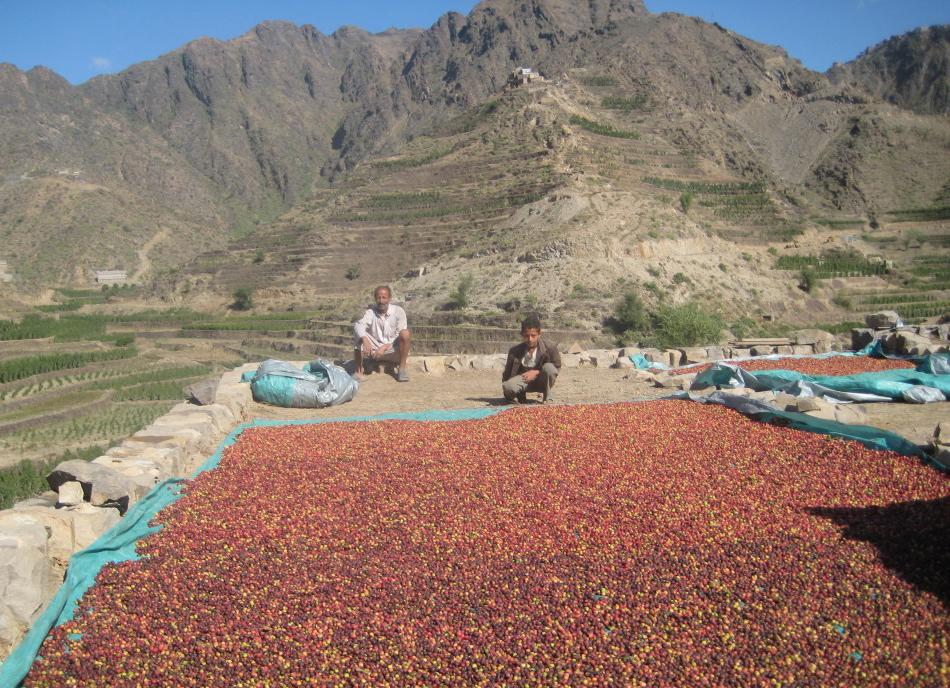
Mocha Coffee:
Although Ethiopia was the first country in the world to discover coffee, the first country in the world to mass-produce coffee as a crop was Yemen. At the beginning of the 17th century, the first Yemeni coffee was exported to Europe through the ancient small port of Mocha, which surprised Europeans, because all exported coffee sacks had to be marked with MOCHA to prove that they were transported from Mocha. So Europeans call the delicious coffee from the port of Mocha "mocha coffee".
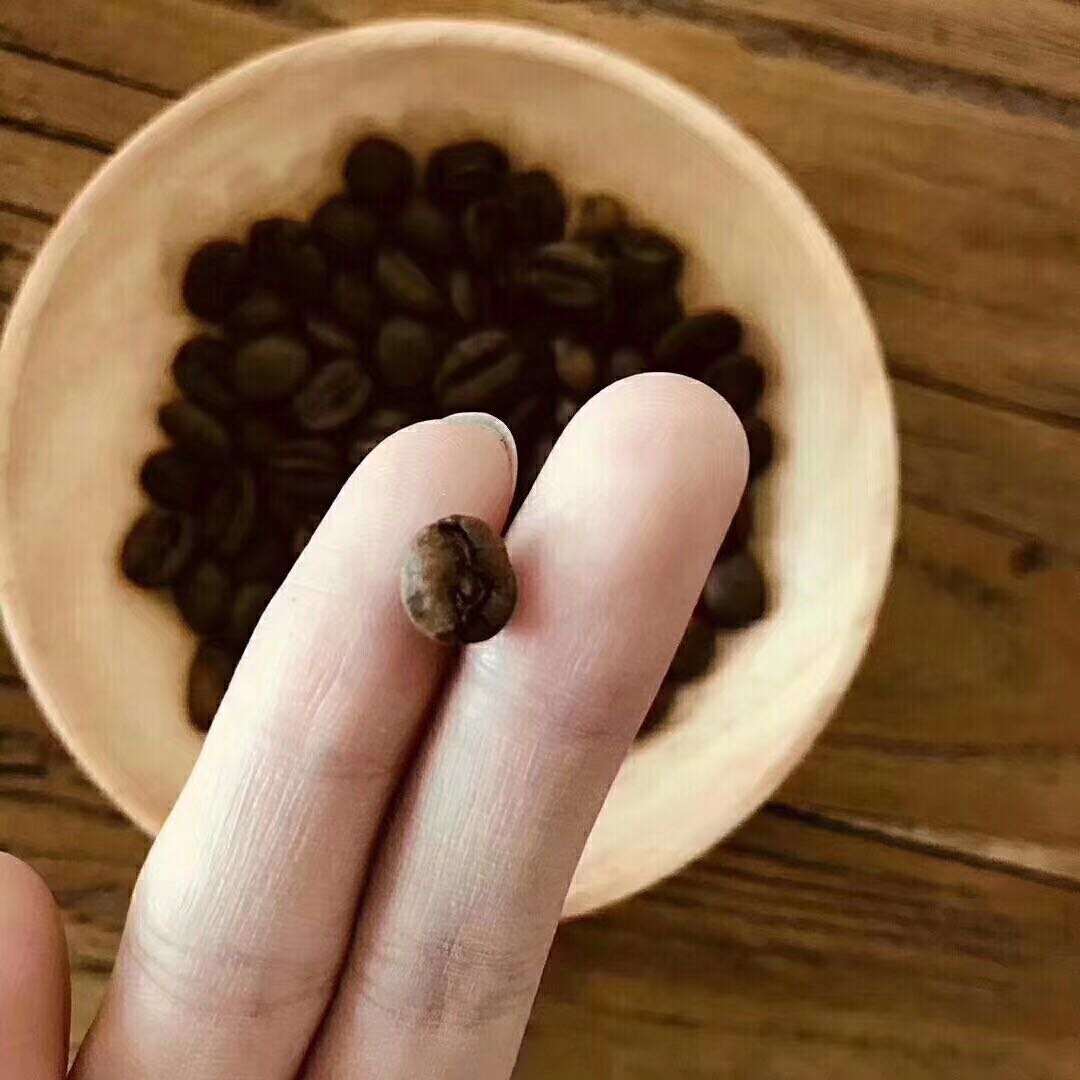
Matali:
Yemeni coffee grows in steep terrain with little rainfall, poor land and insufficient sunshine. This unique and difficult condition is unfavorable to coffee growth, but it has given birth to the Yemeni mocha that can not be replaced by the coffee world. The main coffee producing areas are Sanani, Matari and Ismaili.
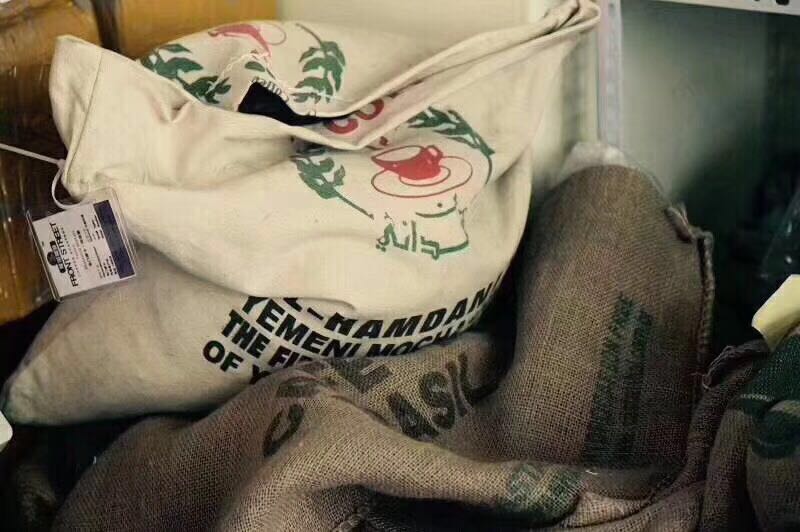
Matali production area is located in the highlands to the west of the capital, at an altitude of 2000,000m above sea level.
Ancient method of sun treatment:
Yemen is a classic of the ancient morning taste of the sun, and it is also the only producer of full-time coffee in the world. the traditional treatment of dripping water is illegal, and it has not changed since Europe became infatuated with game mocha in the 17th century. This is related to the dry climate. Coffee is mainly grown in the central highlands, with an average annual rainfall of only 400 murmurs of 750 mm, much lower than the best rainfall of 1500 Murray 2000 mm in Arabica. Due to the lack of water environment, farmers are still unable to introduce more advanced washing methods, wild flavor is better than Hara coffee, so Yemen has become the choice to experience the taste of the sun.
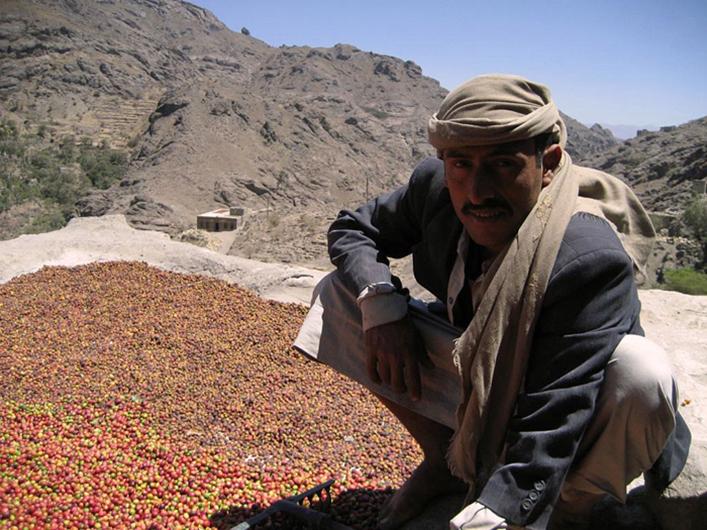
Cup test report:
Yemeni coffee is rich in flavor, complex, wild, mellow, strong fermentation taste and low acidity peanut aroma, caramel aroma after grinding, complex layers in the process of sipping, a little bit of gluconic acid appears at the end of the mouth, and there is malt sweet at the bottom of the cup.
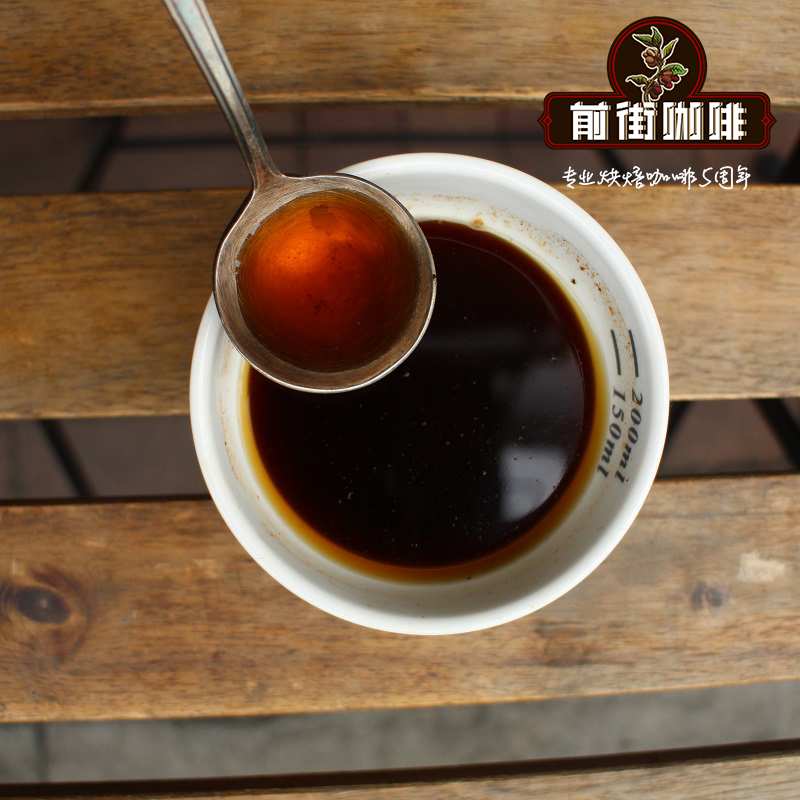
The condition of powder layer in hand flushing can not be ignored, which must be emphasized! The powder layer plays a subtle role, and one of its functions is to provide resistance so that the hot water stays in the filter cup long enough to ensure that enough flavor components are dissolved.
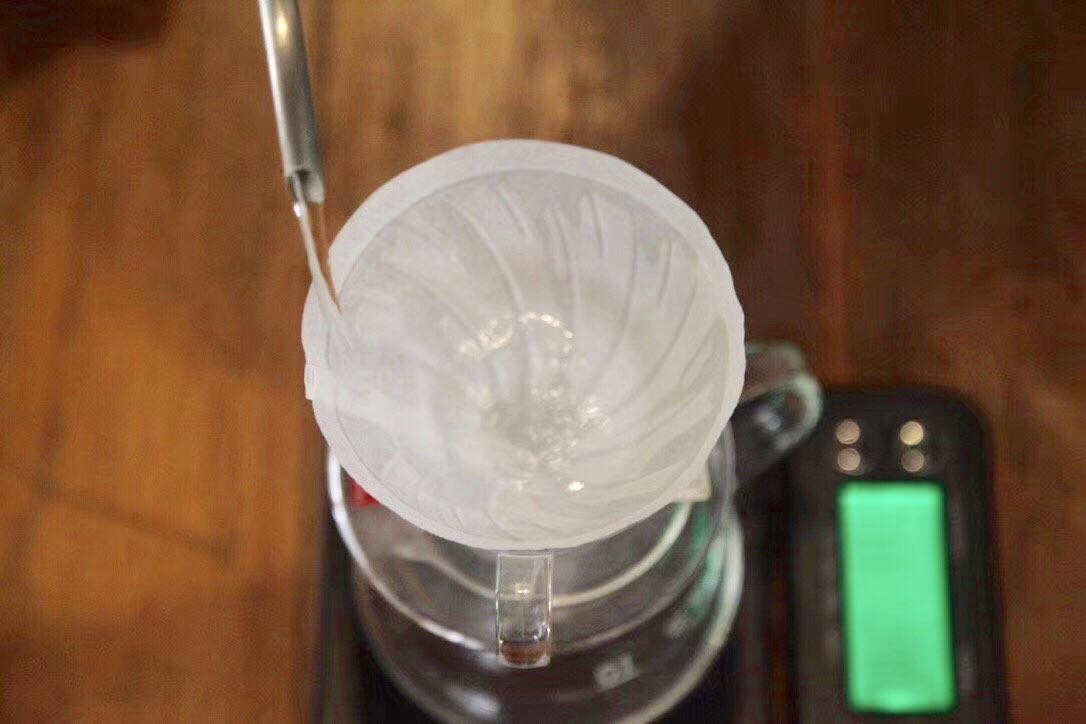
Moderate baking powder layer must also have a certain degree of support in order to play a "blocking" function. In order not to weaken the supporting force of the powder layer, it is necessary to grasp [the strength of the water column], [the position of water injection], and [stable circle], which is a complete set of [water injection skills].
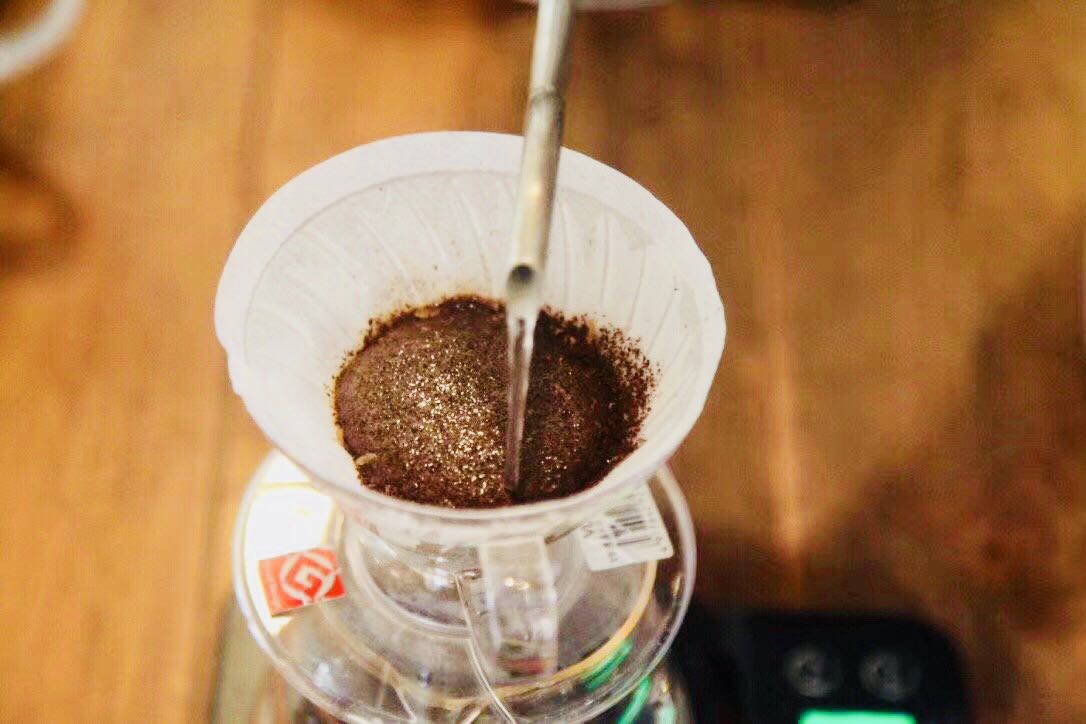
1. Filter cup: V60
two。 Water temperature: 88 degrees
3. Degree of grinding: small Fuji degree of grinding 4
4. Baking degree: medium baking
5. Steaming time: 25 seconds
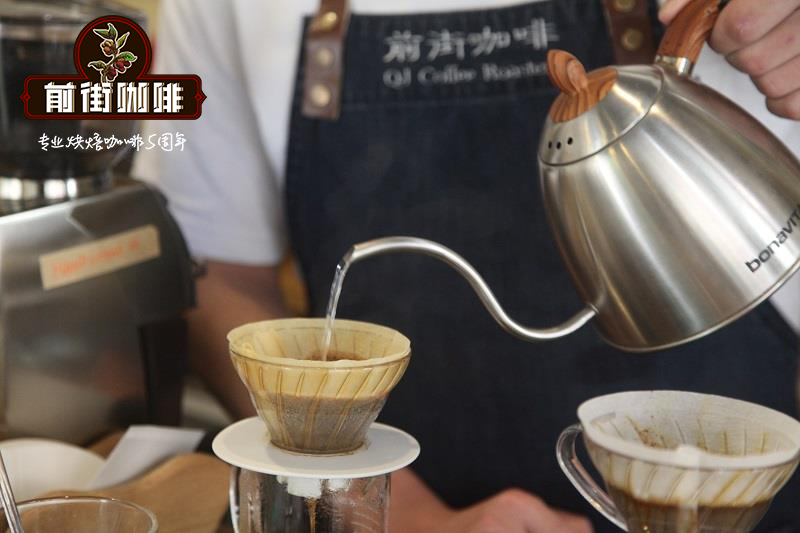
Flavor: balanced, chocolate, long-lasting caramel sweetness
Qianjie Coffee suggestion: 15g powder, 4 grinding of small Fuji ghost tooth cutter, V60 filter cup, 88-89 degrees water temperature, 30g water injection for the first time, 25 s steaming, water injection to 104g water cut off, wait for the amount of water in the powder bed to go down to half and then water injection, slow water injection until 220g water, 5 grams at the end, no water powder ratio at 1:15, extraction time about 2:00 (calculated after stewing)
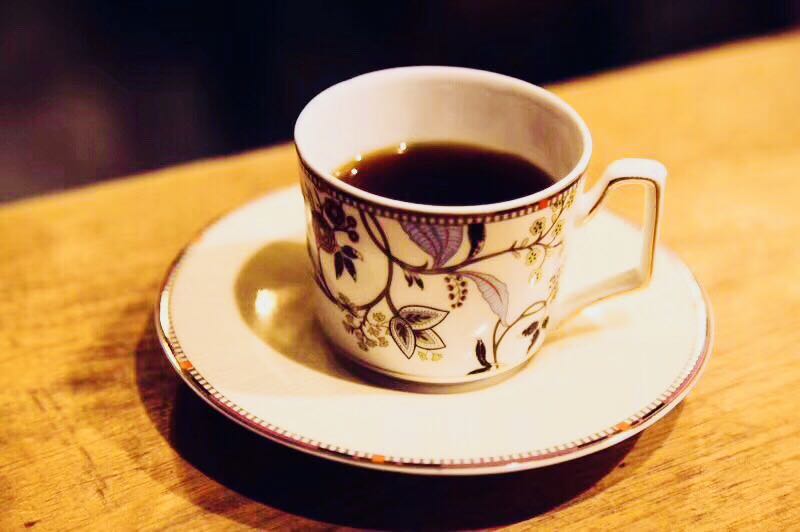
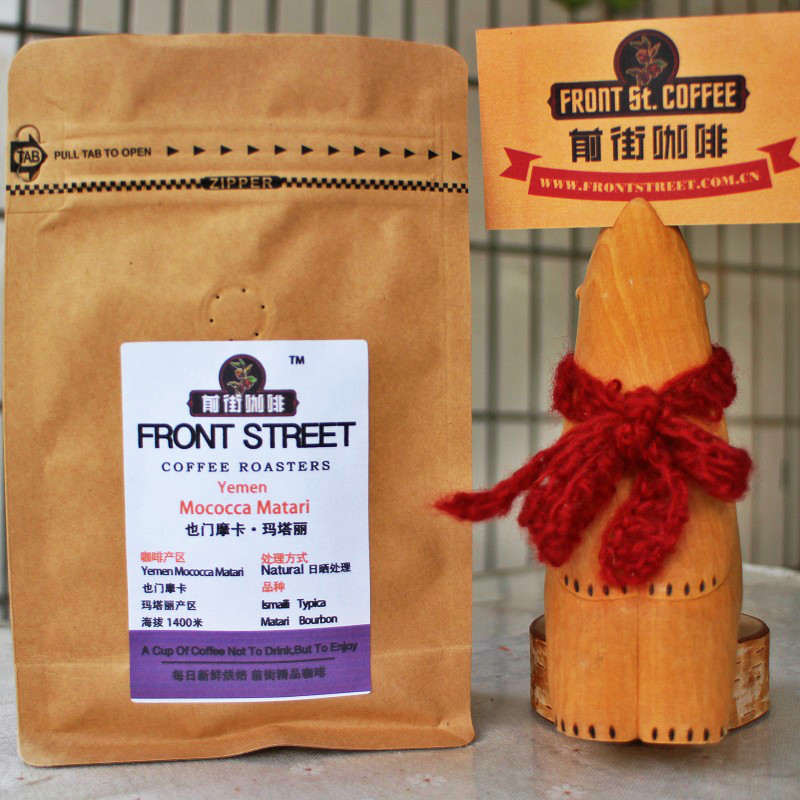
Purchase link: https://item.taobao.com/item.htm?spm=a1z10.5-c-s.w4002-15673140460.27.60a2c3acUkipJU&id=567246039419
Important Notice :
前街咖啡 FrontStreet Coffee has moved to new addredd:
FrontStreet Coffee Address: 315,Donghua East Road,GuangZhou
Tel:020 38364473
- Prev
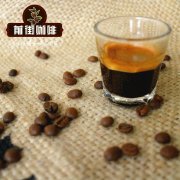
Yemeni coffee beans? What is the flavor and characteristics of Yemeni mocha Italian concentration?
Professional baristas exchange please pay attention to the coffee workshop (Wechat official account cafe_style) Yemeni coffee varieties are mainly Udaini, then which category of Yemeni coffee do these four varieties belong to? In Arabica genetic research, scholars successfully found Yemeni coffee (Anthony, F., Co) by comparing the genes of four Yemeni varieties with those of various native species from Africa.
- Next
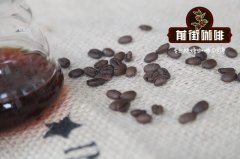
The variety and taste of Hawaiian coffee beans? What's the price in Kona, Hawaii?
Professional baristas Please pay attention to the Coffee Workshop (Wechat official account cafe_style) Kona coffee beans from Hawaii have the perfect appearance, their fruit is extremely plump and shiny, and they are the most beautiful coffee beans in the world. The coffee is smooth and fragrant, with an attractive nutty flavor and a balanced acidity, just like the colorful colors on the island of Hawaii.
Related
- Detailed explanation of Jadeite planting Land in Panamanian Jadeite Manor introduction to the grading system of Jadeite competitive bidding, Red bid, Green bid and Rose Summer
- Story of Coffee planting in Brenka region of Costa Rica Stonehenge Manor anaerobic heavy honey treatment of flavor mouth
- What's on the barrel of Blue Mountain Coffee beans?
- Can American coffee also pull flowers? How to use hot American style to pull out a good-looking pattern?
- Can you make a cold extract with coffee beans? What is the right proportion for cold-extracted coffee formula?
- Indonesian PWN Gold Mandrine Coffee Origin Features Flavor How to Chong? Mandolin coffee is American.
- A brief introduction to the flavor characteristics of Brazilian yellow bourbon coffee beans
- What is the effect of different water quality on the flavor of cold-extracted coffee? What kind of water is best for brewing coffee?
- Why do you think of Rose Summer whenever you mention Panamanian coffee?
- Introduction to the characteristics of authentic blue mountain coffee bean producing areas? What is the CIB Coffee Authority in Jamaica?

